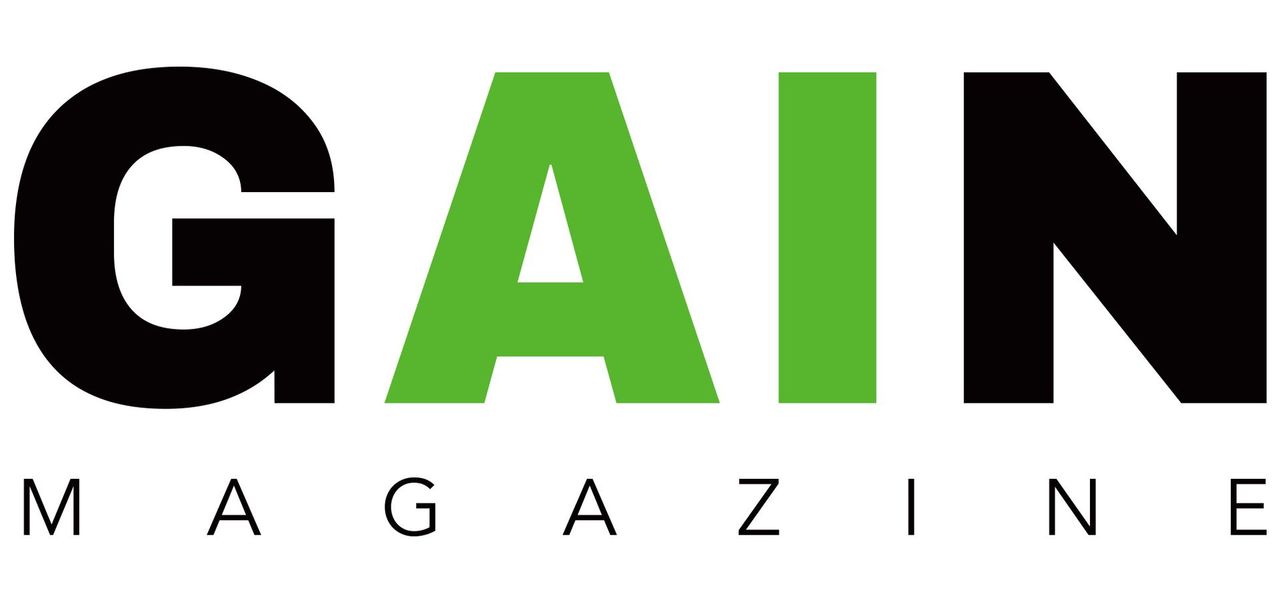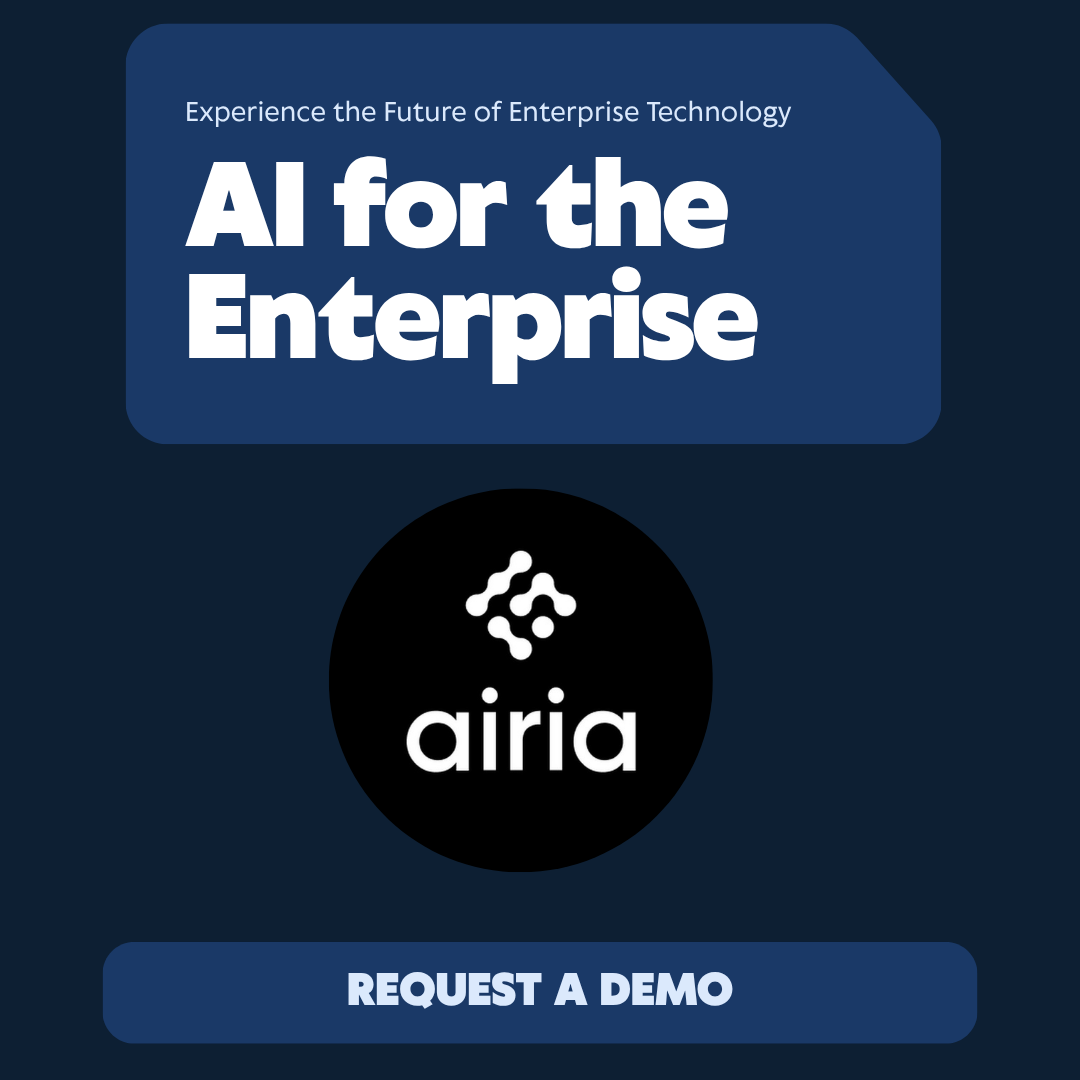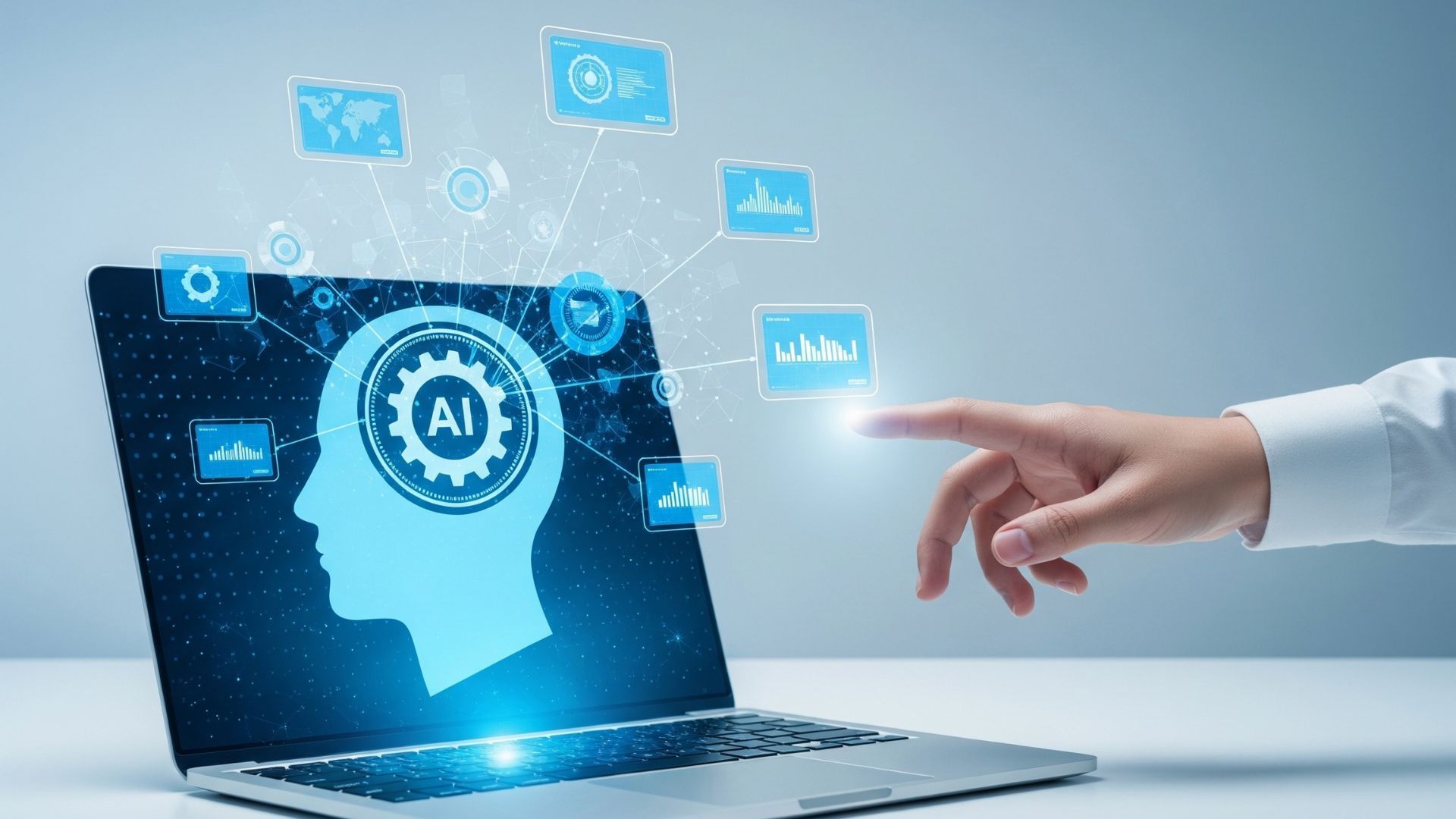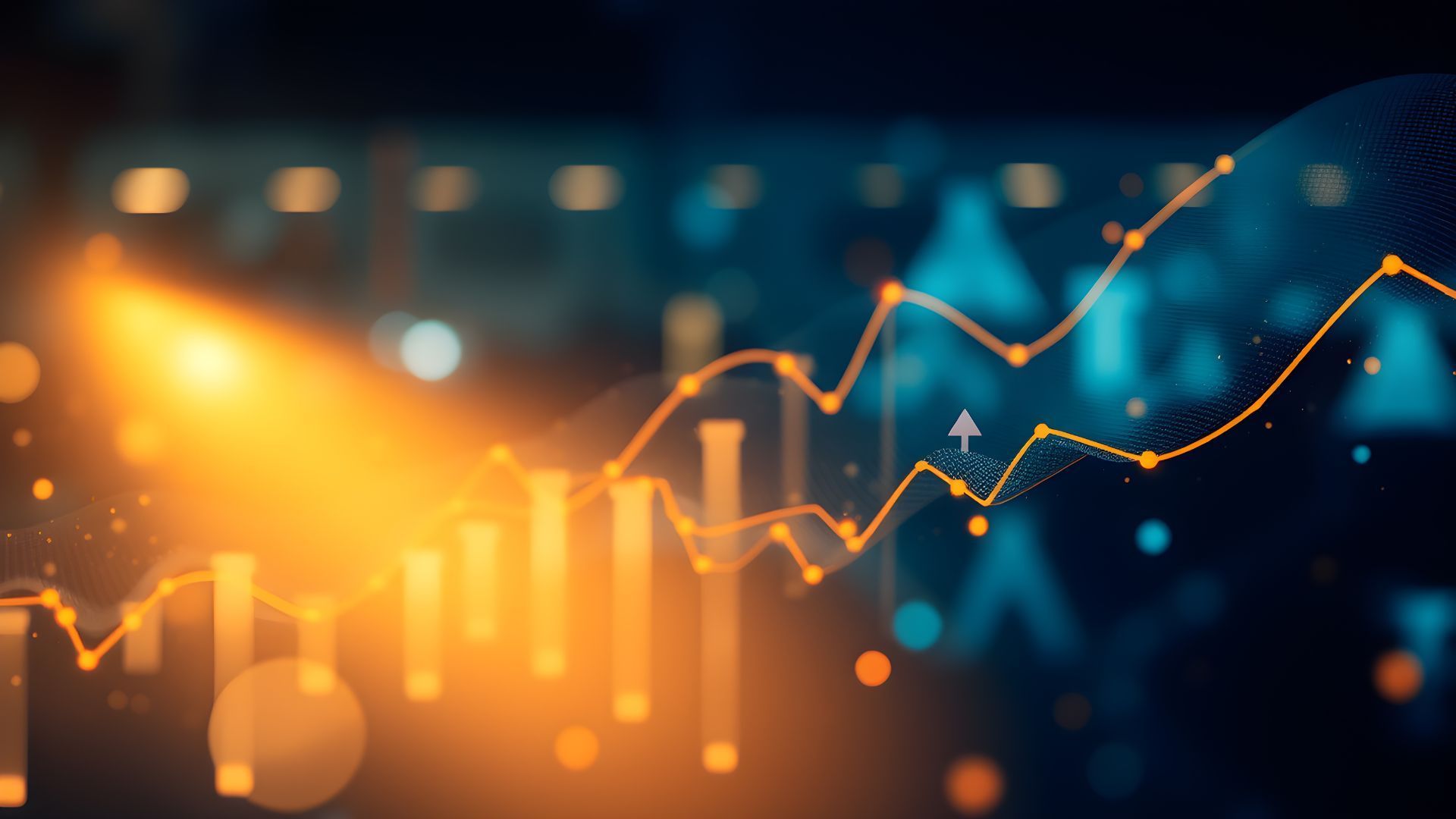Inside Goldman Sachs’ AI Assistant Strategy
From Spreadsheets to
Smart Systems
Goldman Sachs has long been synonymous with data, discipline, and decisive execution. But in 2024, the firm made a quieter move that may prove even more transformative than its investment decisions: it built its own internal AI assistant.
The goal wasn’t hype—it was
efficiency.
In a world where analysts spend hours gathering, summarizing, and validating financial data, Goldman wanted to see what happened when machines could do that work in minutes.
The result? A secure, enterprise-grade generative AI assistant that’s now reshaping how one of Wall Street’s most powerful institutions thinks, works, and delivers insight.
A Private Model for a Regulated Industry
Unlike consumer tools such as ChatGPT or Gemini, Goldman’s AI assistant operates entirely within the firm’s firewall.
Every dataset, model output, and prompt is encrypted and monitored to meet strict
financial compliance standards.
This closed-loop environment ensures:
- No proprietary or client data leaves the network.
- Outputs are logged and auditable for regulatory review.
- Models are fine-tuned on verified financial and market data.
In an industry where confidentiality and compliance define trust, this architecture is as critical as the algorithms themselves.
airia
Get a DemoHow the AI
Assistant Works
Goldman’s internal AI system functions as an analyst copilot, integrated across research, risk, and operations.
It can draft summaries, retrieve insights, and assist in report generation—all while staying contextually aware of company data.
Typical use cases include:
- Summarizing earnings calls and market analyses.
- Drafting internal memos and investment briefs.
- Comparing historical performance across sectors.
- Assisting compliance teams in reviewing documentation.
Early tests showed a dramatic reduction in time spent on information gathering and formatting—allowing human analysts to focus on strategy and interpretation.
Beyond Efficiency:
The Cultural Shift
The AI assistant wasn’t introduced as a replacement for analysts. It was presented as a
partner in precision—a system designed to augment human reasoning, not automate it away.
By positioning the tool as a
co-worker rather than a
competitor, Goldman’s leadership encouraged adoption across departments. The result has been a cultural pivot toward
data fluency, where teams understand not only what AI can do but also how to question its outputs intelligently.
The firm has even established internal “AI champion” groups to guide responsible experimentation and develop domain-specific applications.
AI in the
Flow of Work
One of the most powerful aspects of Goldman’s approach is integration.
The assistant doesn’t live in a separate portal—it’s embedded directly into analysts’ daily tools.
When employees use the firm’s research platform or internal communication systems, AI suggestions appear contextually: summarizing threads, generating charts, or offering quick answers from internal databases.
That seamless integration makes AI invisible—and therefore indispensable.
Web Education Services
See the ProgramRisk Management
and Human Oversight
In finance, every model carries risk.
Goldman mitigates this by keeping
humans in the decision loop and maintaining strict approval checkpoints for AI-generated insights.
No automated system can authorize trades, client communication, or investment advice. Instead, AI functions as a
knowledge accelerator, surfacing information that supports human expertise.
This framework sets a model for responsible enterprise AI adoption—especially in industries where accuracy isn’t just important, it’s existential.
Lessons from Goldman’s
AI Playbook
Goldman Sachs’ AI strategy offers valuable lessons for any business exploring large-scale generative AI adoption:
- Build Securely Before You Scale.
A private model reduces risk and maintains compliance from the start. - Integrate, Don’t Isolate.
AI belongs inside existing workflows, not in standalone experiments. - Train for Trust.
Educate employees to use AI responsibly and verify its outputs. - Measure Impact in Hours Saved, Not Headlines.
AI’s real ROI lies in reclaimed time and higher decision quality. - 5. Keep Humans Accountable.
The best AI systems enhance judgment, not replace it.
What It Means for the Industry
Goldman Sachs is proving that AI in finance doesn’t have to mean risk—it can mean rigor.
By combining automation with governance, the firm is setting a precedent for
how high-trust institutions can innovate responsibly.
In the near future, AI copilots will likely become standard across asset management, banking, and investment research. Goldman just happened to move first—and move wisely.
The Bottom Line
Goldman Sachs didn’t chase the AI trend. It designed a system that fits its DNA: disciplined, data-driven, and focused on precision.
The firm’s AI assistant is more than a productivity tool—it’s a proof of concept for how traditional institutions can evolve without compromising their values.
Artificial intelligence isn’t rewriting Wall Street’s rules—it’s helping the best players follow them faster.
Gain Your Advantage
GAIN Magazine tracks how AI is reshaping the world’s most data-driven industries.
Subscribe now for insights into the strategies, technologies, and leadership decisions defining the next era of enterprise innovation.
















